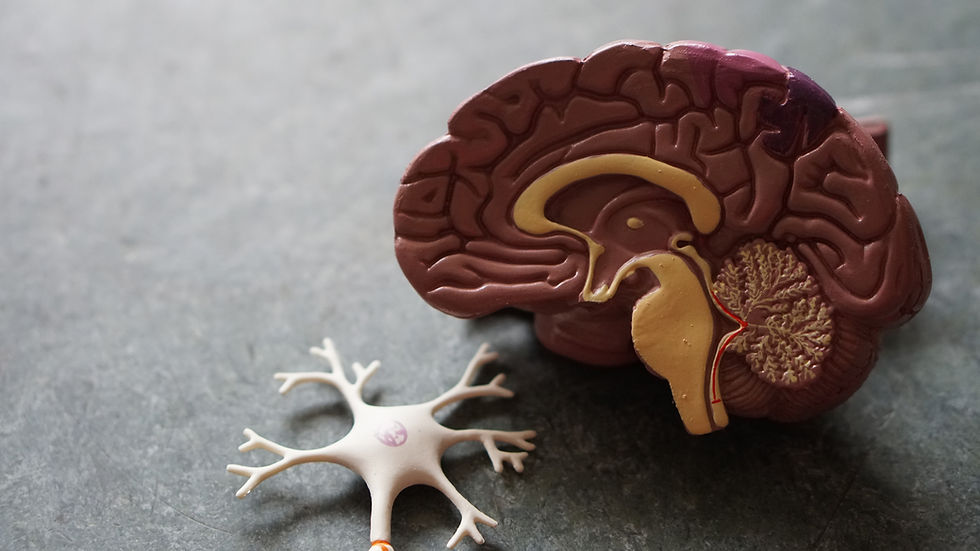Reactive Oxygen Species (ROS) and Their Impact on Biological Macromolecules and Pathologies
- Bowie Matteson
- Jul 18, 2023
- 2 min read
This summary provides an overview of the article titled "The Chemistry of Reactive Oxygen Species (ROS) Revisited: Outlining Their Role in Biological Macromolecules (DNA, Lipids and Proteins) and Induced Pathologies" published in the International Journal of Molecular Sciences. The study explores the role of reactive oxygen species (ROS) in biological macromolecules, including DNA, lipids, and proteins, and their implications in the development of various pathologies.
Reactive Oxygen Species (ROS):
The article highlights that ROS are highly reactive molecules generated as byproducts of normal cellular processes or in response to external factors such as environmental stressors. ROS include molecules like superoxide, hydrogen peroxide, and hydroxyl radical. While ROS are essential for various cellular functions, excessive or uncontrolled ROS production can lead to cellular damage and contribute to the development of pathologies.
Impact on DNA:
The study discusses how ROS can directly damage DNA, leading to DNA strand breaks, base modifications, and oxidative lesions. Such DNA damage can compromise genetic integrity, affect DNA replication and transcription, and contribute to the development of diseases such as cancer.
Impact on Lipids:
ROS can also induce lipid peroxidation, a process that damages lipids in cell membranes. This results in the generation of reactive lipid species that can further propagate oxidative damage. Lipid peroxidation can lead to membrane dysfunction, altered cell signaling, and the production of harmful byproducts, contributing to various pathologies including cardiovascular diseases and neurodegenerative disorders.
Impact on Proteins:
The article explores how ROS can oxidize and modify proteins, affecting their structure, function, and stability. Protein oxidation can disrupt enzymatic activity, impair cellular signaling pathways, and lead to the formation of protein aggregates. These protein modifications are associated with age-related diseases, neurodegenerative disorders, and inflammatory conditions.
Pathological Implications:
The study discusses the pathological implications of ROS-induced damage to biological macromolecules. Excessive ROS production and impaired antioxidant defense mechanisms can result in chronic oxidative stress, which plays a significant role in the development of various diseases including cancer, cardiovascular diseases, neurodegenerative disorders, and metabolic disorders.
Conclusion:
The article highlights the significant role of reactive oxygen species (ROS) in damaging biological macromolecules, including DNA, lipids, and proteins. ROS-induced damage to these macromolecules can lead to cellular dysfunction and contribute to the development of various pathologies. Understanding the chemistry and impact of ROS on biological systems is crucial for elucidating disease mechanisms and developing therapeutic strategies to mitigate ROS-induced damage and associated pathologies.







Comments